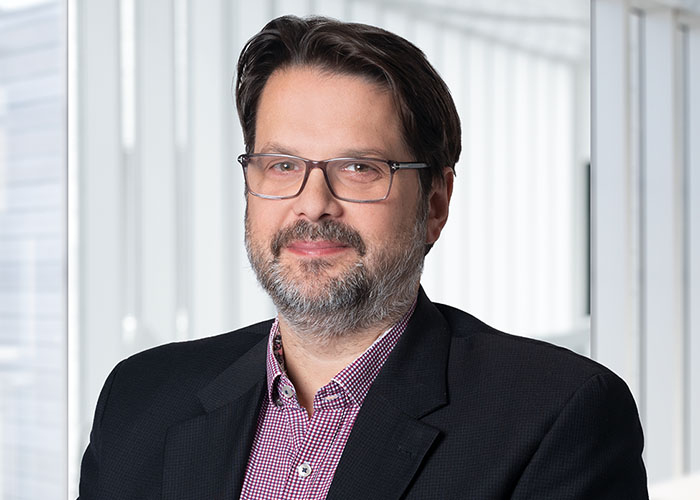A report by the Jacques-Parizeau Chair analyzes the way forward for immigration in Québec
May 14, 2025
A new report by the Jacques-Parizeau Research Chair in Economic Policy features an economic analysis of immigration in Québec and concludes that the current dynamic is neither sustainable nor desirable in the long run.
Written by Pierre-Carl Michaud, a professor in HEC Montréal’s Department of Applied Economics and holder of the Jacques-Parizeau Chair, this report proposes an increase in the target for permanent immigration, and a gradual reduction in the number of non-permanent residents (NPR).
The report provides several solutions that will enable Québec society to fully benefit from the contribution of immigration, which is essential for its ability to finance public services and improve its standard of living. The report also points out that achieving this objective does not necessarily go hand in hand with strong demographic growth.

Pierre-Carl Michaud
Maintaining the participation rate and GDP per capita level
First, Pierre-Carl Michaud’s analysis highlights the gap between the recent increase in temporary immigration and the speed of adjustment of capital and infrastructure. The report reveals that the increase in GDP following immigration does not compensate for the increase in population.
The author also warns that the current targets regarding permanent immigration will lead to a decrease in the labour market participation rate.
To maintain the participation rate at a relatively constant level, he therefore suggests that the target of 50,000 permanent immigrants each year should be increased to 70,000. This is regardless of the origin of these people (temporary immigration or recruitment from abroad), since a certain number must inevitably come from the vast pool of people with non-permanent status.
Addressing labour scarcity?
The report by the Jacques-Parizeau Chair states that temporary immigration can help address a portion of the labour scarcity in the short term, especially in the current circumstances, but the effectiveness of this strategy is limited.
Immigration is not a solution to structural labour scarcity either. One reason is that immigration does not go where labour scarcity occurs, in the sectors or regions that need it most. In this regard, the author believes that it is better to encourage investments in structural changes, such as automation, especially if the labour scarcity is predictable in the long term.
In conclusion, the researcher urges the Québec government to set clear objectives for its immigration policy and to focus primarily on the economic and social success of new immigrants. According to him, Québec must also step up its efforts to rigorously assess the economic and social potential of candidates for permanent residence.
